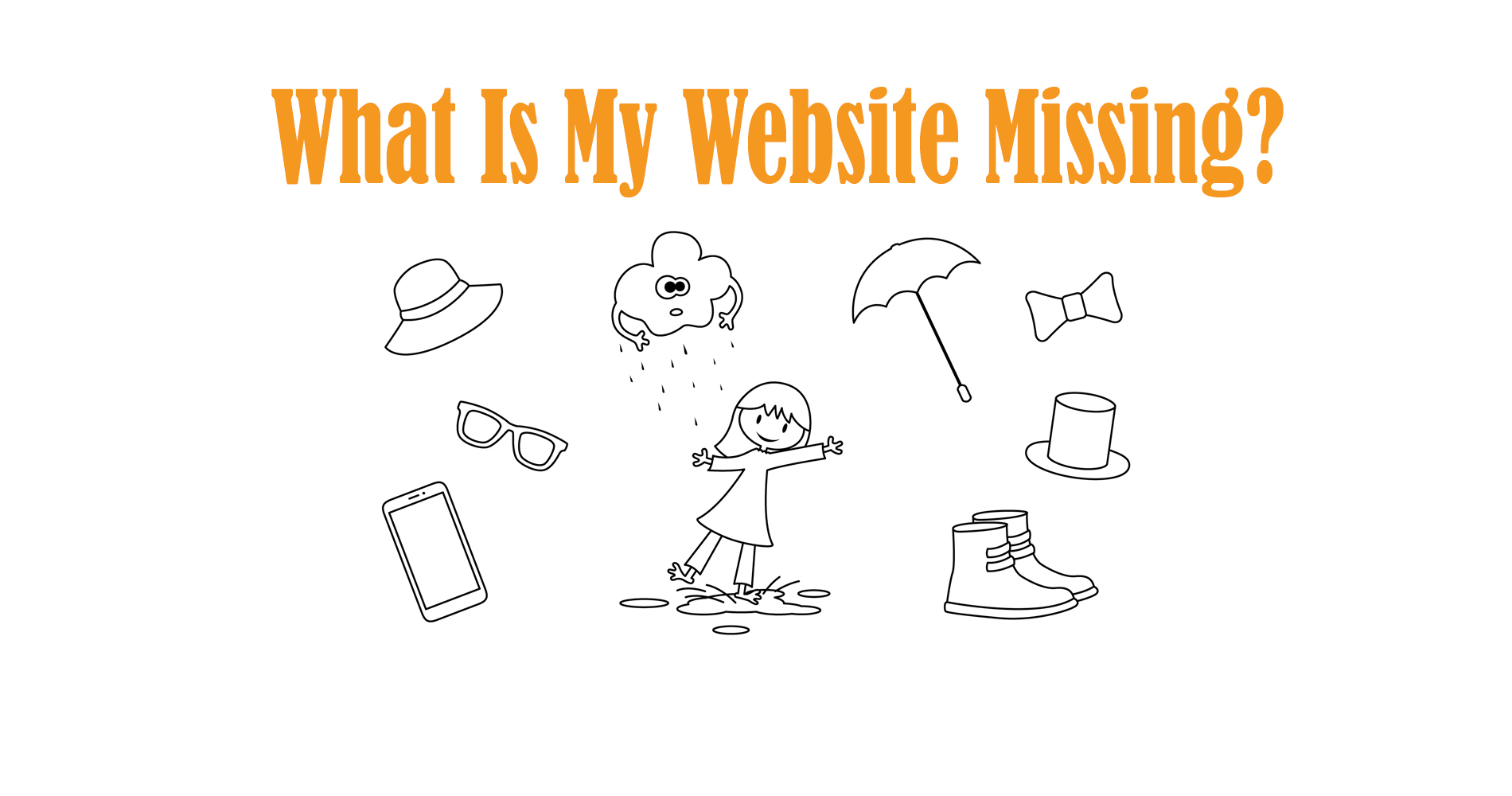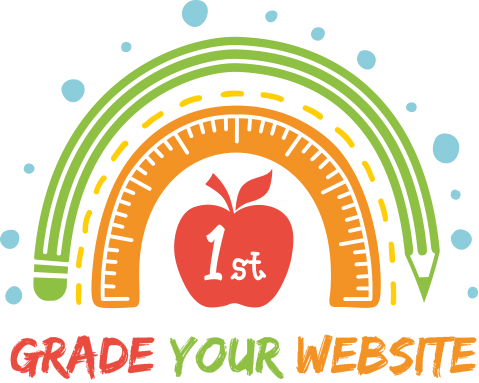Any website owner knows that there's a lot that goes into running a website - you need to make sure you're on top of the latest trends, your content is fresh, and you're regularly adding new features to keep users engaged. With so much to think about, it's easy to miss popular website add-ons that could benefit your site. But never fear!
Fortunately for you, we've come up with a list of seven things your website may be missing. You can use the following ideas to boost your website by checking out the list below.
1. Email Sign-Up
One of the best ways to ensure you're seen and heard is to email your subscribers and let them know the current happenings on your website. This can be a great way to keep viewers coming back to your site and it can help you choose what direction you're heading in. Remember, if you don't communicate with your viewers, they won't have any idea where you are going with your channel!
When a viewer joins your mailing list, they become loyal customers of your product or service. In addition, they now consent to receive content directly into their inbox! If you are a store, this is a great way to get more customers to purchase from you. If you're a blogger, this may be a chance to get more subscribers to your blog for free. Whatever you are a part of, an email sign-up option is a useful tool that can only benefit your business!
2. Social Media Integration
Facebook, Instagram, Twitter, Pinterest, and so many other social media are already making so much of a difference in the world, not only for businesses but for people as well. If your website doesn’t have these social media accounts integrated into it, there’s something wrong. Any business will benefit from adding social media accounts. It not only offers more traffic (and it’s free!), but it offers a whole lot more. Through social media, you can share your posts with your fans or your customers, or even send out updates on upcoming products or services. Not only will it get more people on your website, but it’ll also get more people to notice you. And that’s a big plus when it comes to businesses.
3. Relevant Images
Adding a few images to your page is a good idea. Besides making something easier to read, it gets your point across in ways that words may not be able to adequately convey. In contrast, too many images can make your webpage appear cluttered and obtrusive. To keep a reader interested, you need to add just enough images without overwhelming them.
Additionally, small details, such as a balanced image ratio that is not too large, or too small, and is easy for the eye to read, can make a big difference in quality. Keeping images on topic and using professionally made images are two great ways to make your webpage visually appealing (and readable).
4. Mobile Friendliness
Most people do not realise how important it is to have a mobile-friendly website. It's really hard to follow along if your webpage isn't mobile-friendly. If you want your business to expand, and want to reach out to a different range of viewers, ensuring that your website is mobile-friendly is a key factor. From my experience, mobile users are usually just window shopping, so it's easier to convert mobile users into customers. Just remember that if your website isn't mobile-friendly, it could hurt your business.
5. Consistency
Consistency is key when it comes to website content. By posting regularly, you're giving your viewers something to anticipate. Websites that are updated regularly tend to grow in popularity, so be sure to stick to your posting schedule if you plan to post every Wednesday. When your visitors do return, you'll see how your consistency has helped to improve your popularity.
6. Easy Navigation
People today are constantly on the go. They don't have time to wait for a page to load from start to finish. If users are in the middle of reading an article on your website and want to look for a similar product, it would be a hassle for them to have to click on the 'back' button to find the correct category. This is why you must make sure that your website has a simple click-and-go system. Every time you add another page, be sure to add an easy-to-find menu at the top of the page.
7. Contact Information
The absence of contact information on your website could prevent viewers from knowing vital details. The chances of you receiving a response to their questions or comments are slim. By including your contact information on your website, you are encouraging viewers to contact you, whether that's in the form of an email, phone call, or social media interaction. It's imperative to reply to all your emails, whether you know the viewer or not. This shows how professional you are and that you are listening to what people have to say. Your viewers will appreciate your ability to handle feedback and keep track of it. This can also let you know what you can improve on!
8. It's About Quality, Not Quantity
It sounds like a tough job, but it's not. It's easy to schedule posts and make sure you have a good amount of content on your blog. Establishing a daily routine will help you stay organised. Make sure you update your blog in the morning and late at night. This will be the best time to post because you will have a good amount of traffic during that time. Make sure your website is fluid and easy to navigate. Your followers will appreciate it.
9. Variety
Mixing up your topics on a website is a good idea. Keeping your same set of articles means people are going to become less interested. Try to make sure you're writing a good bit but also trying new things.
Your articles should provide your readers with value and be clear. Your website can become stagnant when it has a single topic or a small range of topics. Make your writing interesting so your readers don't get bored. Consider writing about different topics within the same subject if you get tired of writing the same thing. For example, if you're an interior designer, you wouldn't want to write another article on how to choose paint colors. But you could write about how to choose paint colors on a midsize budget. Or you could write about how to choose paint colors for a bedroom.
10. Target Audience
Building a website that will have a lasting impact takes more than just good content--you need to have a target audience in mind as well. You can't just build something and expect it to resonate with everyone--you need to focus on appealing to a specific group of people. Before you launch your site, take some time to consider who you're trying to reach, and whether or not the content you're planning on sharing is likely to be something that they'll want to engage with.
11. Structure
The structure of a website can make or break it. A site that is structured flows smoothly, and is easy to navigate will always perform better than a site that lacks these things. Additionally, mobile friendliness and consistency are critical factors to consider when publishing content. Without structure, your piece will be difficult to follow and people will simply move on to something else.
12. Search Engine Optimisation (SEO)
Search engine optimisation is an important marketing strategy. It's used to increase the number of people who find your website through search engines, like Google. Without proper SEO, your content can't be found by anyone. This makes it nearly impossible to grow your audience, find new customers and make sales. Ensuring your site uses relevant keywords, writing good copy, and doing quality link building all go a long way in making sure you're reaching your audience through search engines!
13. Quick Load Times
Modern consumers want everything now. If a page takes more than a few seconds to load, then it will simply bounce off. If you want your website to be responsive, you need to make sure it's lightweight. Remove all the unnecessary plug-ins and scripts. This should make the website fast enough that people will stick around and enjoy your content.
Closely examine each element that you're thinking about adding to your page and ask yourself whether or not it will serve a purpose that is relevant to your target users. If the answer is no, then don't add it! Sometimes content that is too flashy, like pop-up ads or distracting banners, can cause a user to mistake your website as having malware.
It’s no secret that the design industry is ever-changing and that trends come and go as quickly as you can say “unicorns”. The design industry is more saturated than ever, which can make it challenging to stay ahead of the curve when it comes to web design. We hope our blog was able to provide some useful insights into the different ways your website can be optimised.




